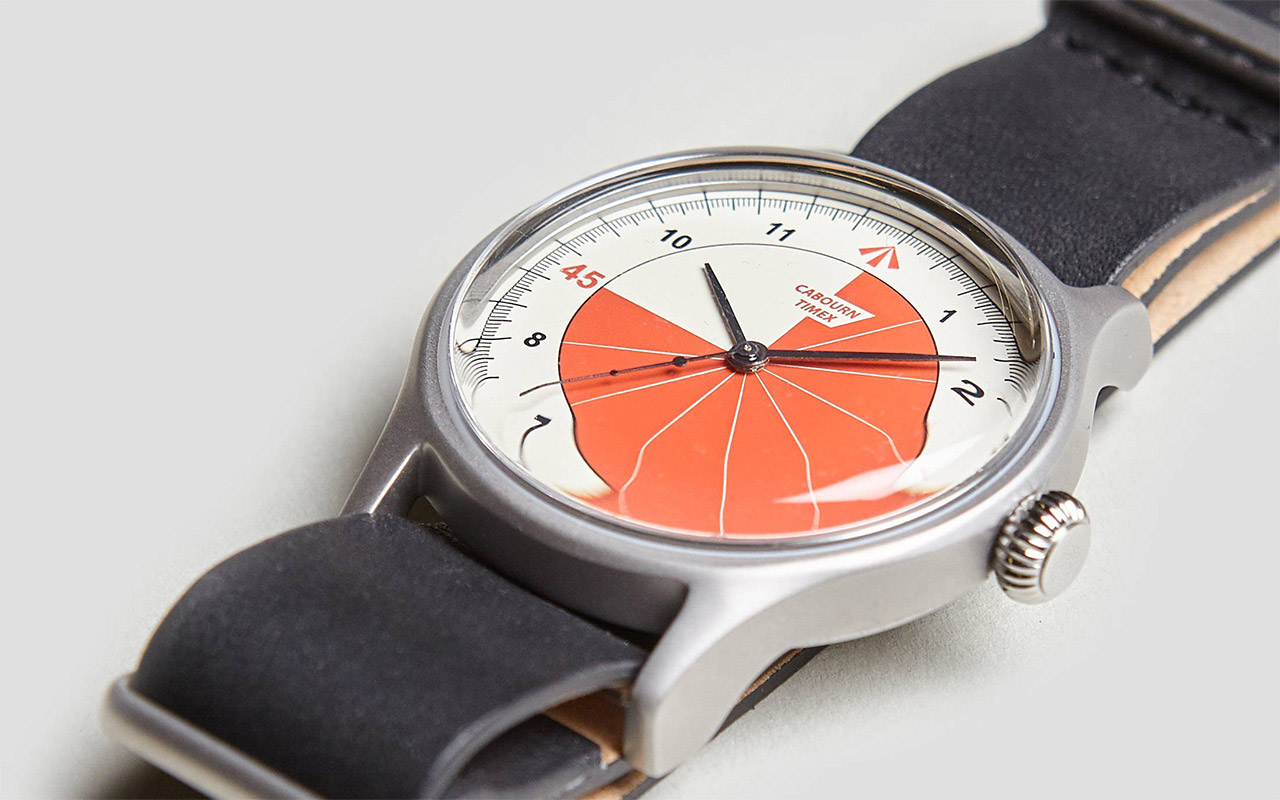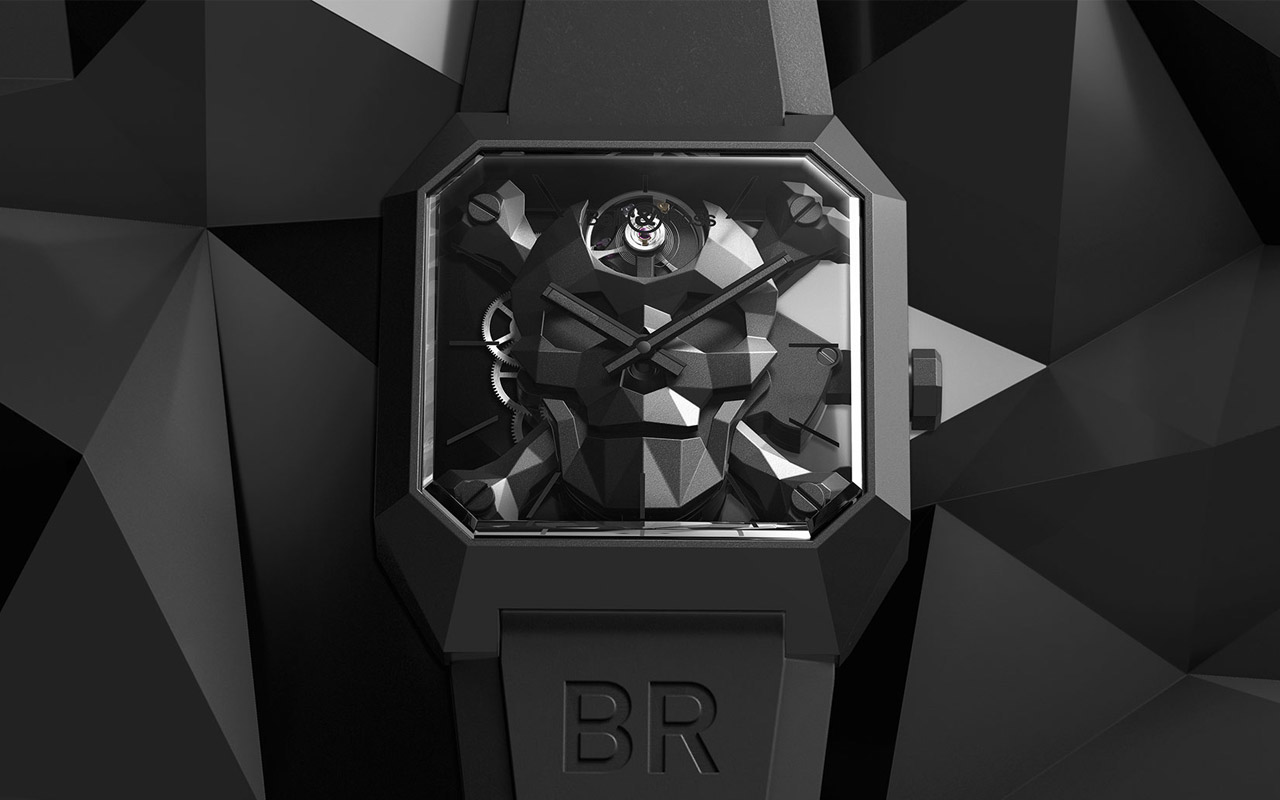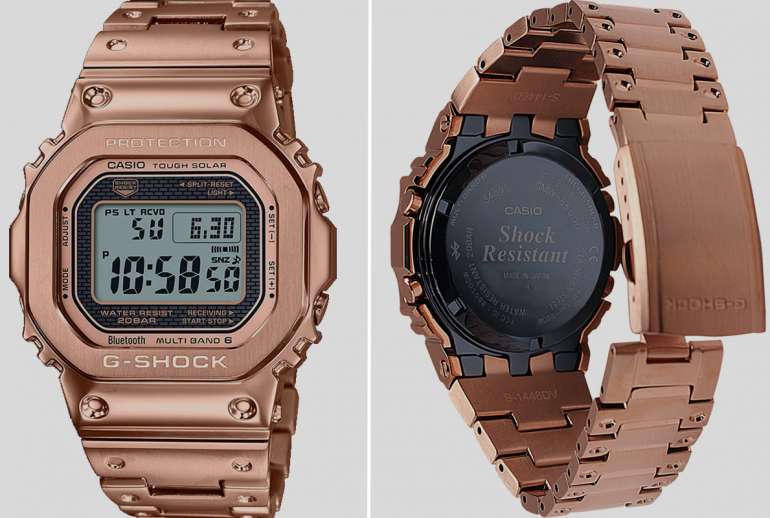It would be an understatement to say the watch dial and case are the most important things to consider when buying a watch. Some enthusiasts may however consider the movement powering the gut more significant – but for an average Joe – how the watch looks is of most importance.
In between the movement, dial, and case; one thing that often goes unnoticed is the watch crystal that protects the very dial and movement and also adds substance to the appearance of the timepiece. In addition to enhancing design and aesthetics, it also makes a difference to the dial legibility. Should you then consider what glass type you’re paying for while buying a watch? Absolutely you should and here is what you need to know.
There are three primary types of watch crystals – acrylic, mineral, and sapphire – and each of these has its own share of pros and cons. There is a lot of confusion about the difference between these crystals used on a watch face and which one should be worth the money. Here we’ll try and briefly understand the difference between these options and leave you to discern which one to choose next time you’re out searching for a watch.
Acrylic Crystal

Essentially a specialized form of plastic that can be easily shaped to fit over a watch dial, acrylic crystal is also known by a few other names such as Hesalite, Perspex or Plexiglass. The crystal material is generally found on inexpensive watches for its low retail price. Being flexible in nature because of its plasticky property, the acrylic glass doesn’t easily shatter, instead it bends and cracks, a reason many vintage or dive watches use this form of crystal over the other types. Interestingly, acrylic crystal is also used in rugged watches because of its flexibility that makes it surprisingly resistant to impact.
Mineral Crystal

Mineral glass is made from silica and is therefore very similar in properties to the windowpanes. It is also known as Hardlex, and is an altered choice to acrylic glass in inexpensive watches. Mineral crystals are used chiefly in fashion timepieces since they fare better than acrylic crystals in scratch resistance. What makes them worrisome is that scratches on mineral crystals cannot be removed by buffing, which is possible with acrylic crystals.
Sapphire Crystal

A favorite of high-end, luxury watchmakers; sapphire crystal is also technically not a glass as acrylic, but it is hardest crystal and therefore hugely resistant to scratches. You may associate sapphire with the natural gemstone, however, factually, most sapphire crystal used in matchmaking is synthetic material made in laboratories. Though being highly scratch resistant, sapphire crystal is susceptible to shattering when exposed to extreme hard impact. Sapphire glass has impressive clarity, which not only make it look immaculate but also makes the dial underneath appear sharper, but it is expensive to manufacture and difficult to contour in complicated shapes.



